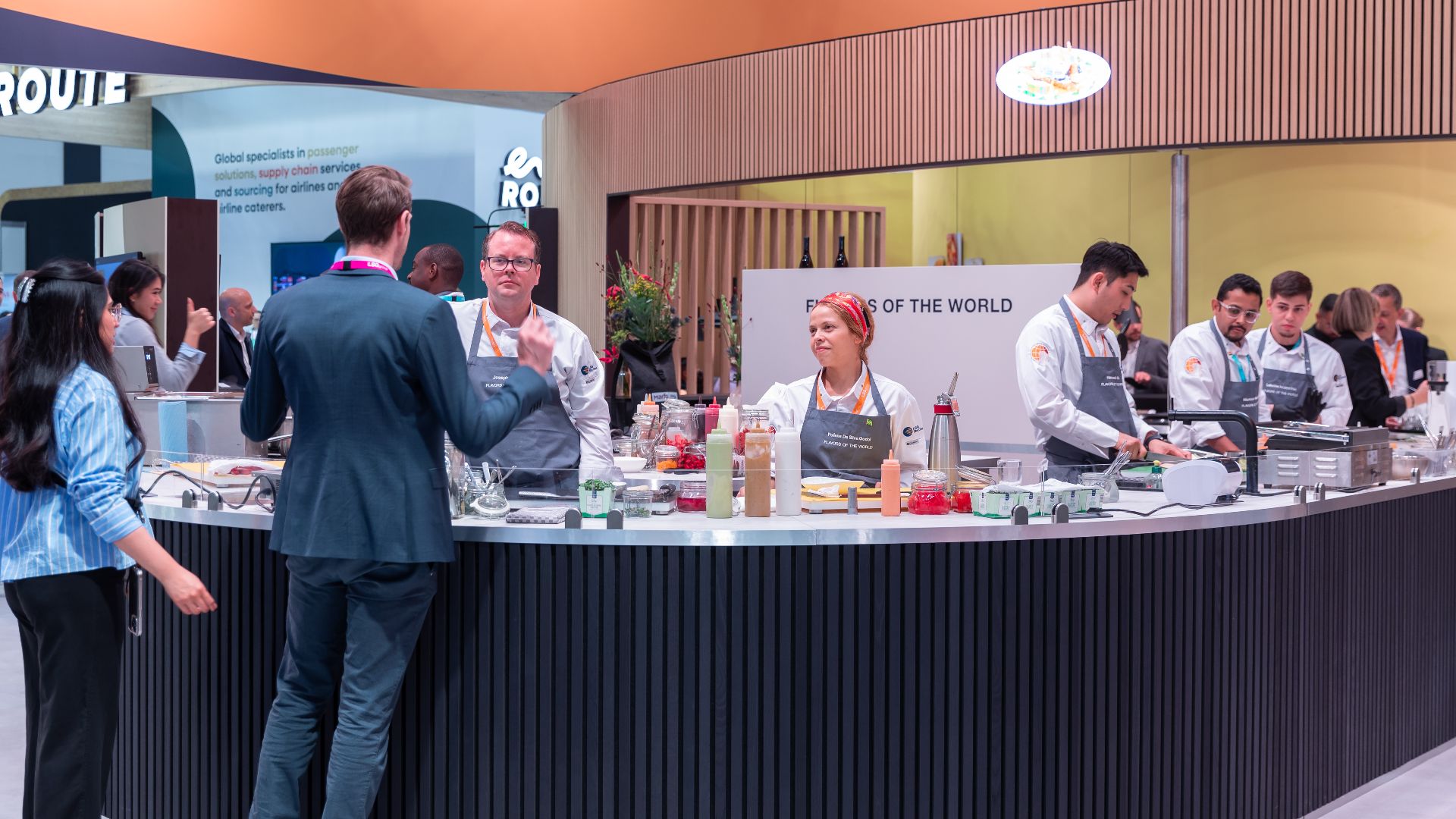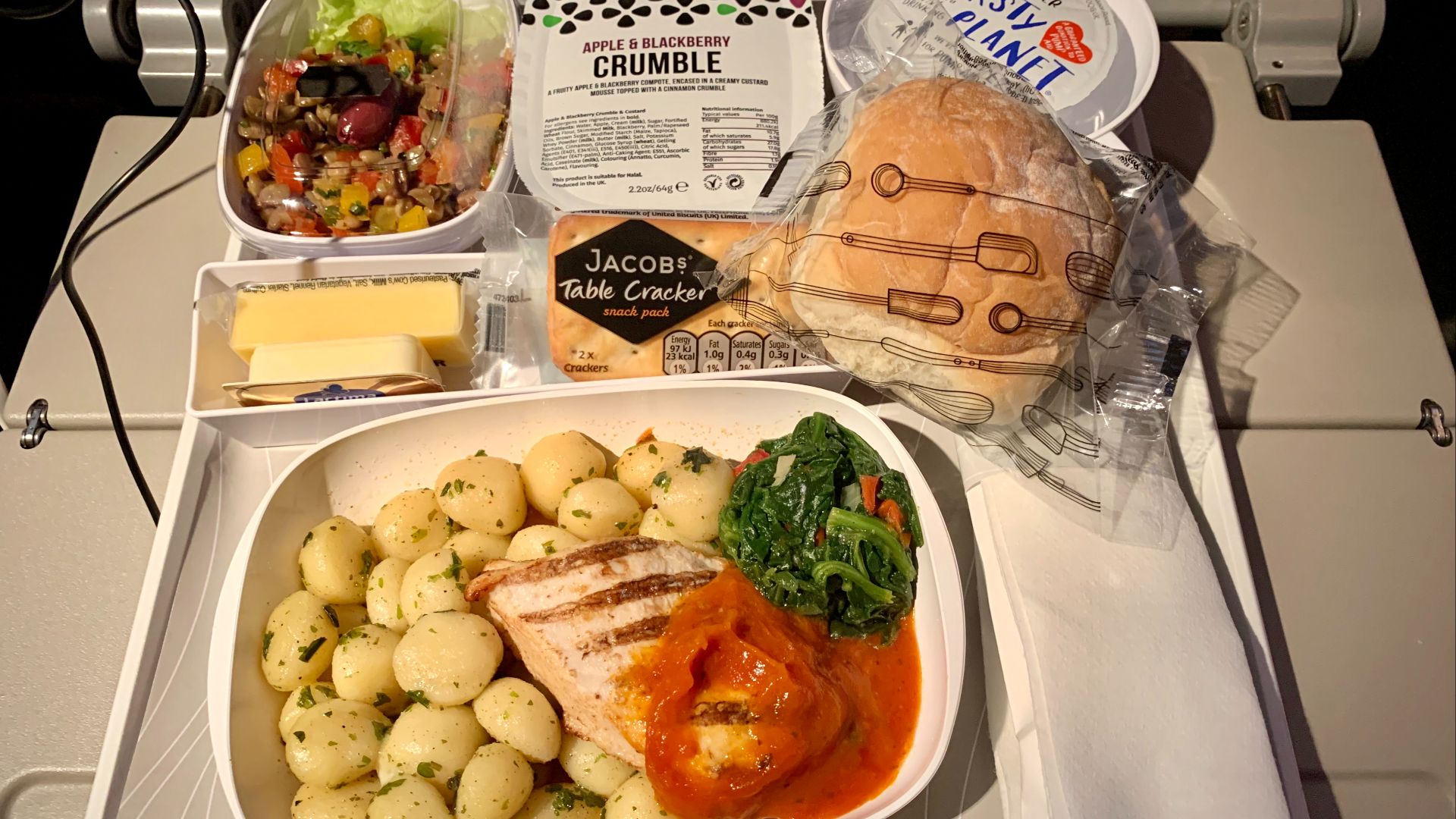Ever wondered how that chicken dinner makes it to your tray table at 35,000 feet? Spoiler alert: there's no full kitchen up there, despite what you might imagine. The journey of airplane food is a fascinating dance between massive ground operations and careful mid-air choreography that most passengers never see.
The Kitchen Giants On The Ground
Your in-flight meal doesn't begin anywhere near an airplane. Instead, it starts in enormous catering facilities near airports, where companies like LSG Sky Chefs and Gate Gourmet work around the clock. These aren't factories, though—they're more like massive commissary kitchens where actual chefs meticulously plan menus and prep ingredients.
The process is surprisingly thoughtful. Airlines use fresh ingredients, the same quality you'd find at high-end grocery stores, for their premium cabin passengers. But here's where it gets interesting: food is typically prepared about ten hours before you eat it, with chicken cooked only about halfway through and steak cooked just partially.
The final phase of cooking happens onboard during reheating. After that initial cook, meals are blast-chilled into a not-quite-frozen state, plated in portioned trays with cutlery already packaged, then rushed to waiting aircraft and refrigerated to maintain food safety standards.
The Science Of Sky-High Reheating
Once aboard, those chilled meals need finishing, and this is where airplane galleys earn their keep. Forget microwaves—planes don't have them for safety reasons. Instead, flight attendants use specialized convection ovens that cook food with circulating hot air.
For economy passengers, the food simply heats up in its provided tray. But premium cabin meals get a bit more love—they're reheated in trays and then transferred to proper dishes for serving. On shorter flights under ninety minutes, crews actually switch on the ovens before takeoff to pre-heat meals while still on the ground.
Flight attendants follow precise instructions issued by the catering companies, who've already factored in how the cabin environment will affect the food. The ovens are designed to maintain moisture, which is important since the pressurized, low-humidity cabin can easily dry out food.
The Premium Cabin Exception
While most airplane food follows this prepare-chill-reheat formula, some airlines go the extra mile for their high-paying customers. A handful of carriers, like Turkish Airlines and Emirates, actually have onboard chefs in business and first class. Before you get too excited, these aren't full kitchens with stovetops and ranges.
Instead, these specially trained flight attendants work with the same convection ovens but have access to a wider variety of ingredients and components. Some airlines will cook fresh eggs for breakfast service or even prepare steaks to order in premium cabins. The "chef" can customize dishes by mixing and matching components, tossing salads fresh, pouring sauces tableside, or baking cookies onboard.
It's more about finishing touches and personalization than actual cooking from scratch. Turkish Airlines pioneered candlelit dinners in the sky, partnering with catering company DO & CO to source seasonal ingredients and create restaurant-quality presentations.









